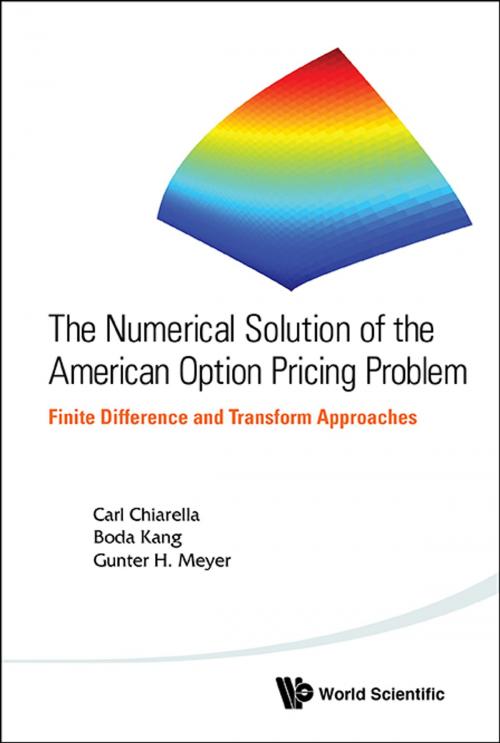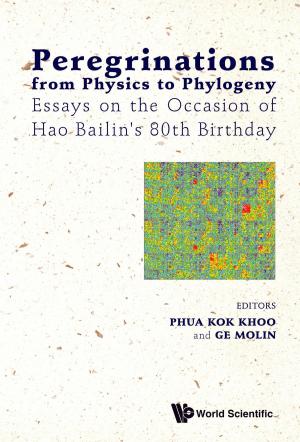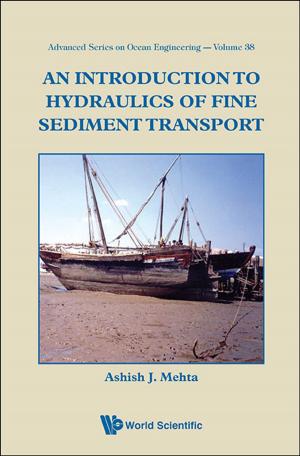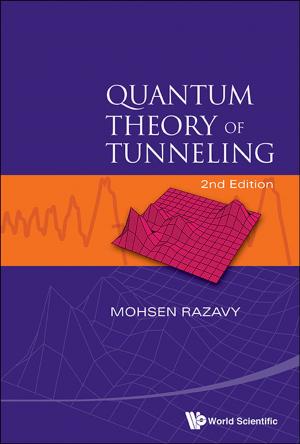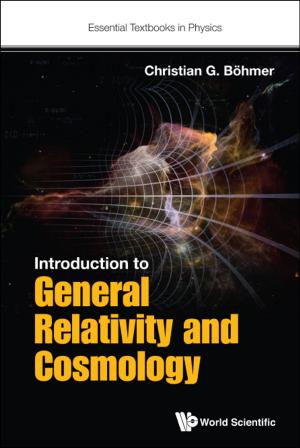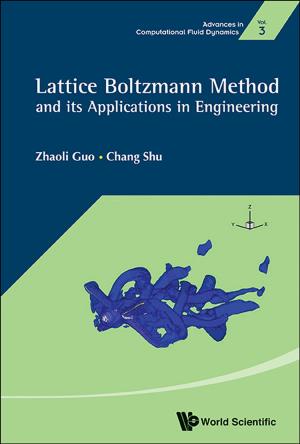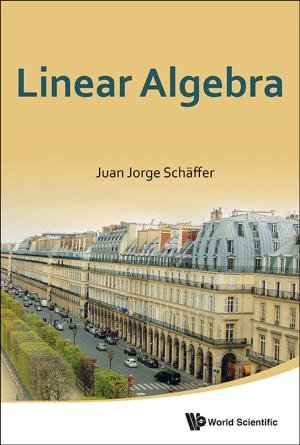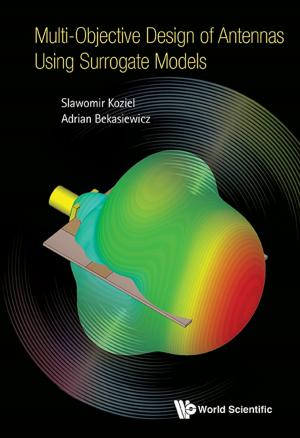The Numerical Solution of the American Option Pricing Problem
Finite Difference and Transform Approaches
Business & Finance, Finance & Investing, Finance, Investments & Securities| Author: | Carl Chiarella, Boda Kang, Gunter H Meyer | ISBN: | 9789814452632 |
| Publisher: | World Scientific Publishing Company | Publication: | October 10, 2014 |
| Imprint: | WSPC | Language: | English |
| Author: | Carl Chiarella, Boda Kang, Gunter H Meyer |
| ISBN: | 9789814452632 |
| Publisher: | World Scientific Publishing Company |
| Publication: | October 10, 2014 |
| Imprint: | WSPC |
| Language: | English |
The early exercise opportunity of an American option makes it challenging to price and an array of approaches have been proposed in the vast literature on this topic. In The Numerical Solution of the American Option Pricing Problem, Carl Chiarella, Boda Kang and Gunter Meyer focus on two numerical approaches that have proved useful for finding all prices, hedge ratios and early exercise boundaries of an American option. One is a finite difference approach which is based on the numerical solution of the partial differential equations with the free boundary problem arising in American option pricing, including the method of lines, the component wise splitting and the finite difference with PSOR. The other approach is the integral transform approach which includes Fourier or Fourier Cosine transforms. Written in a concise and systematic manner, Chiarella, Kang and Meyer explain and demonstrate the advantages and limitations of each of them based on their and their co-workers' experiences with these approaches over the years.
Contents:
- Introduction
- The Merton and Heston Model for a Call
- American Call Options under Jump-Diffusion Processes
- American Option Prices under Stochastic Volatility and Jump-Diffusion Dynamics — The Transform Approach
- Representation and Numerical Approximation of American Option Prices under Heston
- Fourier Cosine Expansion Approach
- A Numerical Approach to Pricing American Call Options under SVJD
- Conclusion
- Bibliography
- Index
- About the Authors
Readership: Post-graduates/ Researchers in finance and applied mathematics with interest in numerical methods for American option pricing; mathematicians/physicists doing applied research in option pricing
Key Features:
- Complete discussion of different numerical methods for American options
- Able to handle stochastic volatility and/or jump diffusion dynamics
- Able to produce hedge ratios efficiently and accurately
The early exercise opportunity of an American option makes it challenging to price and an array of approaches have been proposed in the vast literature on this topic. In The Numerical Solution of the American Option Pricing Problem, Carl Chiarella, Boda Kang and Gunter Meyer focus on two numerical approaches that have proved useful for finding all prices, hedge ratios and early exercise boundaries of an American option. One is a finite difference approach which is based on the numerical solution of the partial differential equations with the free boundary problem arising in American option pricing, including the method of lines, the component wise splitting and the finite difference with PSOR. The other approach is the integral transform approach which includes Fourier or Fourier Cosine transforms. Written in a concise and systematic manner, Chiarella, Kang and Meyer explain and demonstrate the advantages and limitations of each of them based on their and their co-workers' experiences with these approaches over the years.
Contents:
- Introduction
- The Merton and Heston Model for a Call
- American Call Options under Jump-Diffusion Processes
- American Option Prices under Stochastic Volatility and Jump-Diffusion Dynamics — The Transform Approach
- Representation and Numerical Approximation of American Option Prices under Heston
- Fourier Cosine Expansion Approach
- A Numerical Approach to Pricing American Call Options under SVJD
- Conclusion
- Bibliography
- Index
- About the Authors
Readership: Post-graduates/ Researchers in finance and applied mathematics with interest in numerical methods for American option pricing; mathematicians/physicists doing applied research in option pricing
Key Features:
- Complete discussion of different numerical methods for American options
- Able to handle stochastic volatility and/or jump diffusion dynamics
- Able to produce hedge ratios efficiently and accurately
